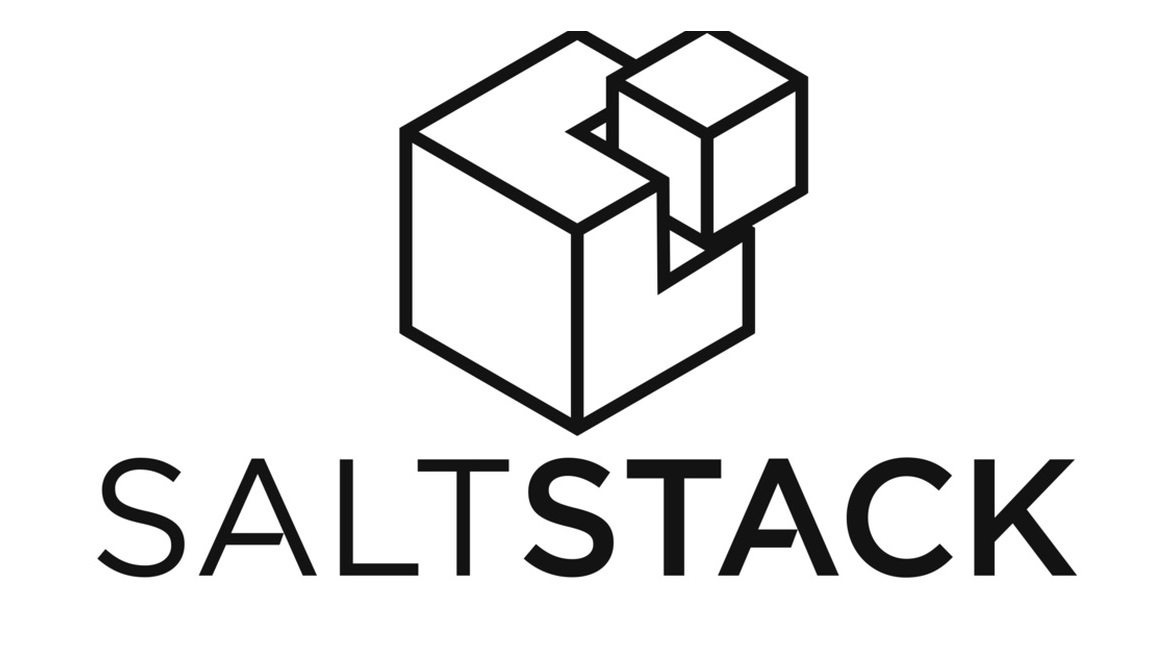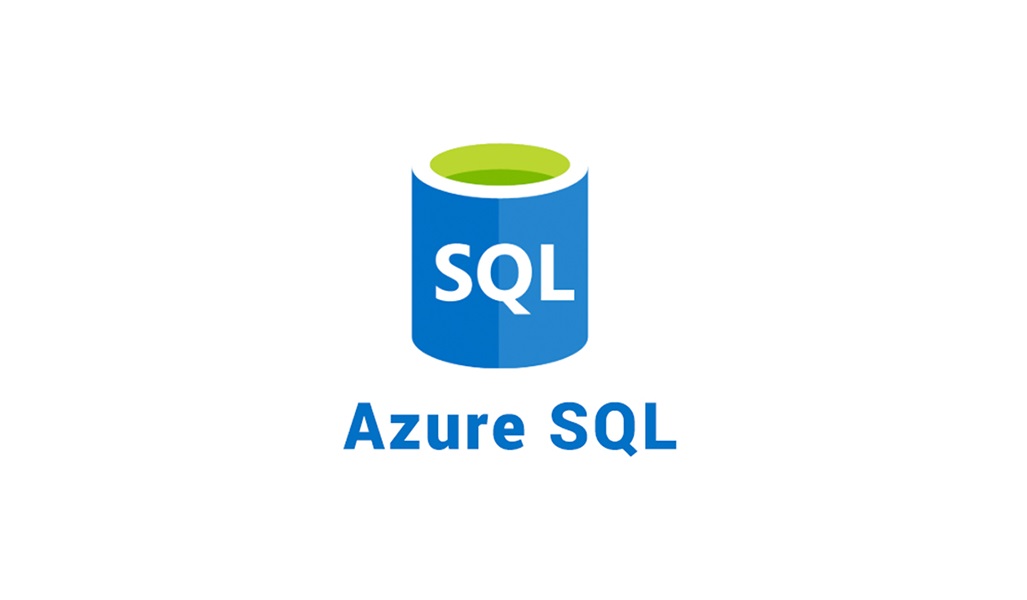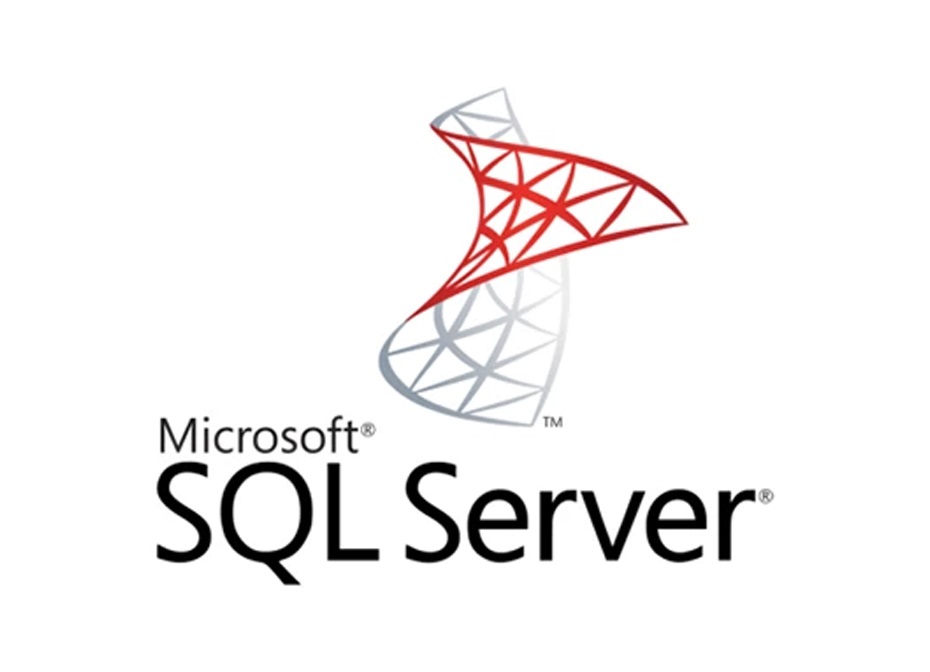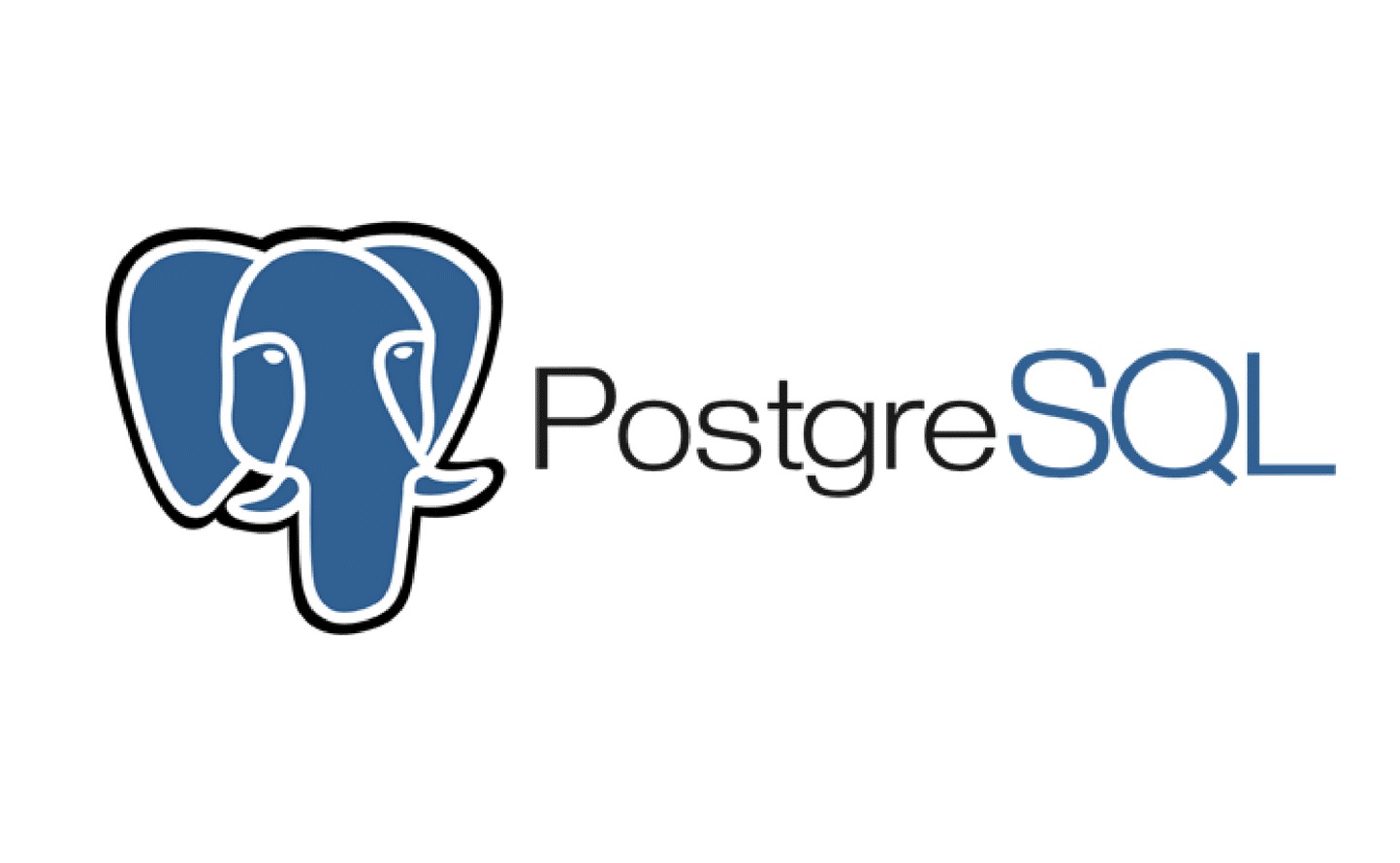Why you should master Ansible DevOps
Published

Ansible is an open source software tool used to automate IT tasks, particularly configuration management, application deployment, and IT infrastructure orchestration. Ansible was originally developed by Michael DeHaan in 2012 and was later acquired by Red Hat. It is released under the GNU General Public License Version 3 and is therefore available free and open source.
Ansible uses an agentless architecture based on SSH and WinRM to manage remote systems, meaning no special software needs to be installed on the remote systems. Ansible uses a simple syntax called YAML (Yet Another Markup Language) to define playbooks, which are a collection of instructions to be executed to complete a specific task. Ansible can also be integrated with other DevOps tools such as Docker, Kubernetes, and other orchestrating tools.
How much does Ansible cost?

Those : nickjanetakis.com
Ansible is open source software and is released under the GNU General Public License version 3, meaning it is free and open source. However, there is also a paid version called Ansible Tower, developed by Red Hat, which provides additional features such as a web-based dashboard, role-based access control and a REST API. The cost of Ansible Tower depends on the number of nodes that need to be managed and starts at around $10,000 per year for up to 100 nodes. There is also a free trial of Ansible Tower that supports up to 10 nodes and is valid for 30 days.
Which companies use Ansible?

Those : unixarena.com
Ansible is a very popular tool and is used by many companies, including large companies such as Amazon, Cisco, Dell, Facebook, Google, IBM, Microsoft, Red Hat and many others. It is also used by a variety of companies of different sizes and industries to automate and orchestrate their IT infrastructures.
What components are part of Ansible?

Those : youtube.com
Ansible consists of several components that work together to enable automation of IT tasks. Here are some of the key components:
- Control node: The control node is the computer from which Ansible runs. It contains all playbooks, inventories and other configuration files.
- Inventory: The inventory is a list of hosts to be managed by Ansible. It can be a simple text file or a database containing information such as hostnames, IP addresses, group memberships and other details.
- Playbook: A playbook is a collection of tasks to be executed on the hosts. A playbook can be written in YAML syntax and contains instructions such as copying files, running commands, and installing software.
- Modules: A module is a self-contained unit of code that performs a specific task. Ansible has hundreds of modules that can be used for a variety of tasks such as copying files, starting services, and managing users.
- Roles: A role is a collection of playbooks, inventories, and other configuration files that can be used for a specific task or a specific group of hosts. Roles enable code reuse and make playbooks easier to organize.
Ad-hoc commands: Ad-hoc commands are one-liner tasks that can be executed from the command line without writing a playbook. Ad-hoc commands can be useful for making quick changes to a large number of hosts.
What weaknesses does Ansible have?
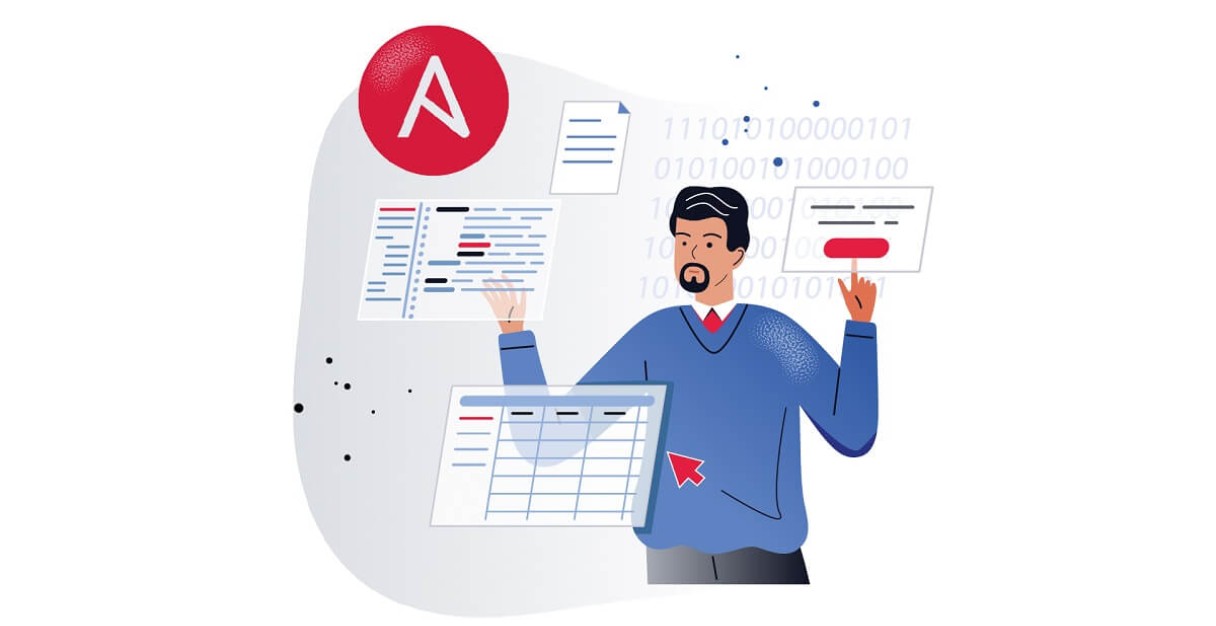
Those : cherryservers.com
Although Ansible offers many advantages, it also has some weaknesses:
- Complexity: Ansible can be very complex for beginners. It requires a deep understanding of YAML, Jinja2 and the Linux shell. The learning curve can be steep, which may deter some users.
- Agentless Architecture: Although Ansible's agentless architecture is a great advantage, it can also lead to limitations. Some tasks, such as monitoring systems or collecting metrics, require the installation of agents, which is not easily possible with Ansible.
- Scalability: Ansible can be difficult to scale, especially when it comes to managing very large environments. In such cases, specialized tools like Ansible Tower may be required to ensure smooth management.
- Limited Integration: Although Ansible has hundreds of modules, integration with some tools and platforms is limited. This may require users to create additional tools or customizations to achieve the desired integration.
- Speed: Ansible can be slower than other configuration management tools in some cases. This is due to the fact that Ansible starts from scratch every time it runs a task instead of having a persistent agent on the host.
